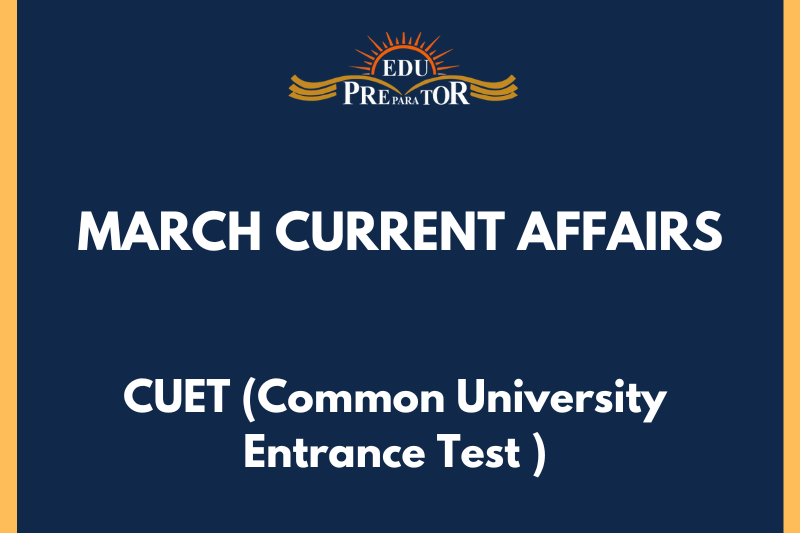
Unveiling the Proposal of One Nation, One Election (ONOE)
I. Understanding One Nation, One Election (ONOE)
- ONOE is a proposal to synchronise the timeline of all elections in India, encompassing Lok Sabha, state legislative assemblies, and local body elections.
- The objective behind ONOE is to streamline the electoral process, minimise disruptions to governance, and optimise political stability.
II. The Historical Perspective
- Prior to 1967, ONOE was the norm in the country.
- The Law Commission had previously recommended the synchronisation of all elections.
III. Outlining the Key recommendations of the High-Level Committee
- A phased transition is recommended, starting by aligning Lok Sabha and State Legislative Assemblies elections.
- It suggests holding municipal and panchayat elections within 100 days of Lok Sabha and State elections.
- Proposed amendments for simultaneous elections fall outside of Article 368(2), and thus do not require states’ ratification.
- The recommendation also includes creating a single electoral roll and electoral identity cards.
- The committee suggests a constitutional authority of Parliament for ONOE implementation.
IV. Understanding the Benefits and Challenges of Simultaneous Elections
Benefits of Simultaneous Elections:
- Reduction in distraction in governance resulting from recurring elections.
- Addressal of political corruption through substantial reduction in election expenses.
- Leading to cost savings and optimization of electoral infrastructure.
- Offering greater convenience to citizens in voting.
- Better utilisation of law enforcement resources and reduced horse-trading.
Challenges Associated with ONOE:
- To renegotiate the constitutional framework to accommodate mid-tenure collapse of governments.
- Addressing logistical concerns associated with the implementation of ONOE.
- Addressing federalism concerns and maintaining state governments' autonomy and independence.
- Ensuring that recurrent elections and state-specific demands are not compromised.
- To prevent a biassed democratic structure.
V. Outline of the Prospective Way Forward
- Building consensus among diverse stakeholders for implementing simultaneous elections.
- Making necessary amendments to the Constitution and related Acts and Procedures.
- Ensuring substantial investment in electoral infrastructure and technology.
- Creating a legal framework to handle unexpected situations arising during the simultaneous election cycle.
- Engaging in a massive awareness campaign to make voters understand the process, advantages, and challenges of simultaneous elections.



Comments
Nam cursus tellus quis magna porta adipiscing. Donec et eros leo, non pellentesque arcu. Curabitur vitae mi enim, at vestibulum magna. Cum sociis natoque penatibus et magnis dis parturient montes, nascetur ridiculus mus. Sed sit amet sem a urna rutrumeger fringilla. Nam vel enim ipsum, et congue ante.
Cursus tellus quis magna porta adipiscin
View All